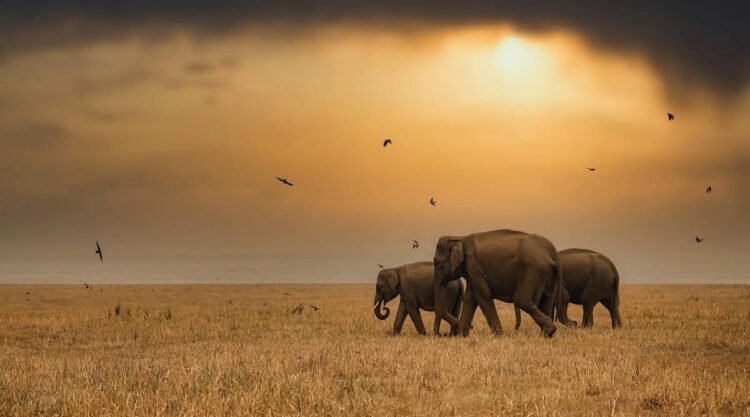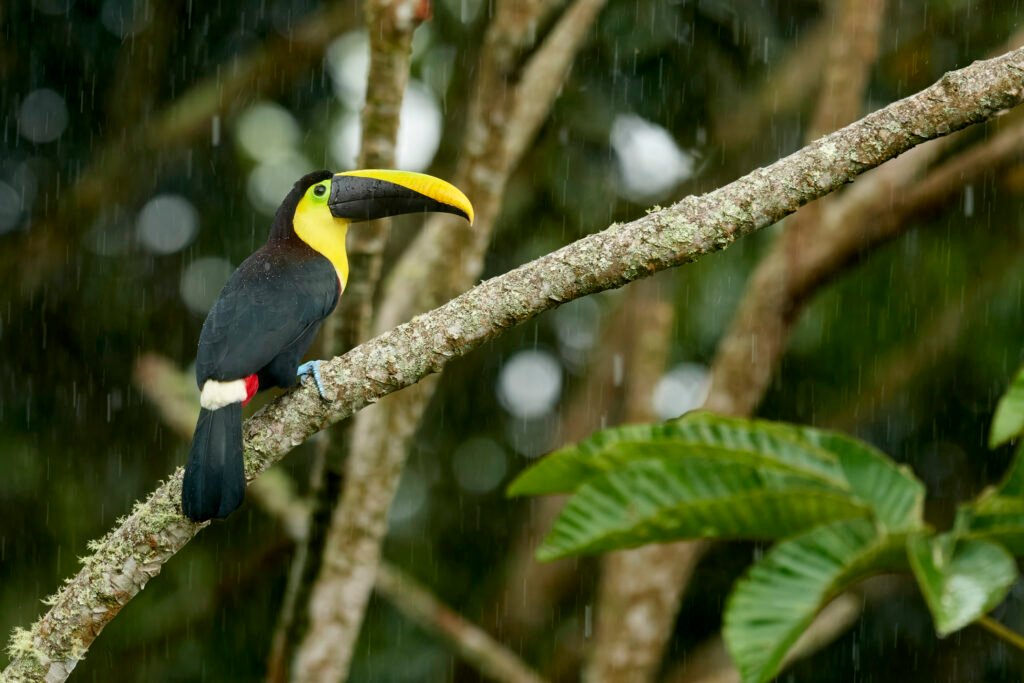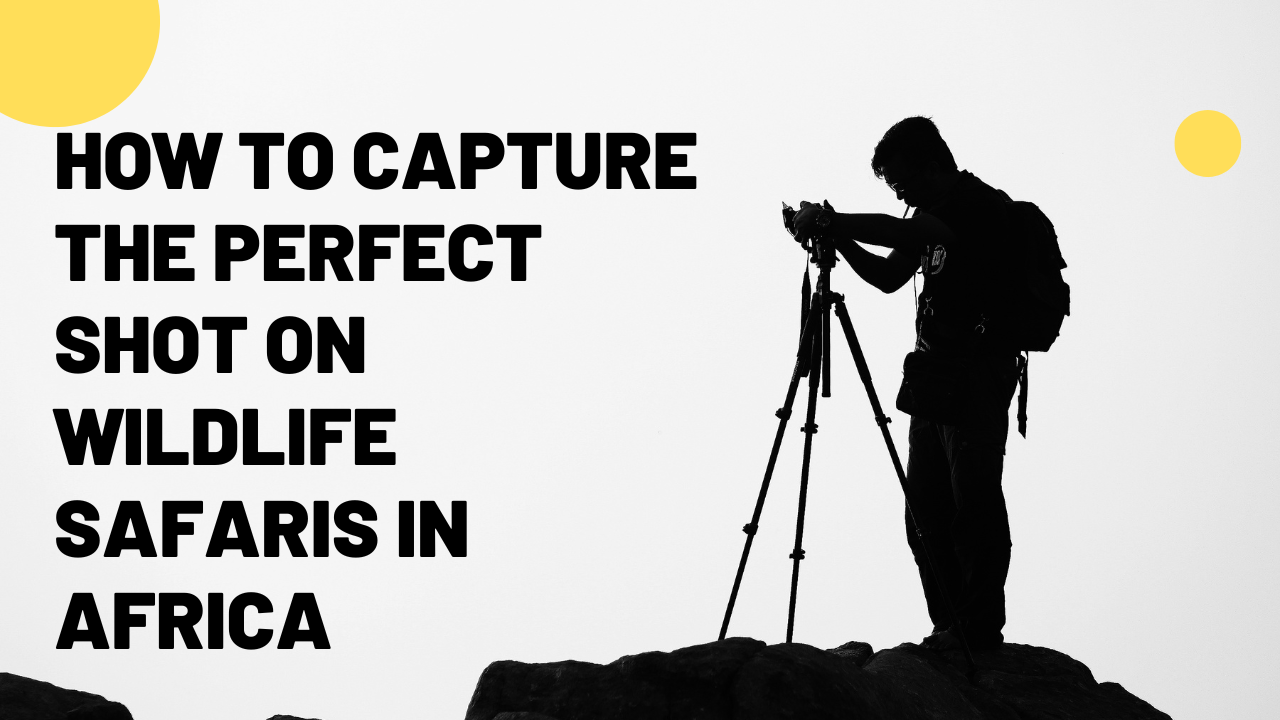How to Capture the Perfect Shot on Wildlife safaris in Africa is a comprehensive guide for photographers looking to document Africa’s breathtaking Wildlife safaris in Africa. This article covers essential aspects of safari photography, including the best destinations, recommended camera gear, and key techniques to master composition, lighting, and camera settings. It also delves into understanding animal behavior to anticipate the perfect moment, ethical photography practices, and post-processing tips to enhance images. Whether you’re a beginner or a seasoned photographer, this guide ensures you’re well-equipped to capture stunning, professional-quality shots while respecting the natural environment.
Introduction
Wildlife safaris in Africa offer some of the most incredible opportunities for photography enthusiasts. From the majestic lions of the Serengeti to the towering giraffes of the Maasai Mara, capturing the perfect shot requires skill, patience, and preparation. In this guide, we’ll explore essential tips and techniques to ensure you return home with breathtaking images from your safari adventure.
1. Choosing the Right Wildlife safaris in Africa Destination
Best Locations for Wildlife Photography

- Serengeti National Park (Tanzania) – Ideal for the Great Migration.
- Maasai Mara (Kenya) – Home to large predator populations.
- Kruger National Park (South Africa) – Rich biodiversity and excellent infrastructure.
- Okavango Delta (Botswana) – Offers stunning water-based photography opportunities.
2. Essential Photography Gear

Cameras and Lenses
- DSLR or Mirrorless Cameras – Ensure high-quality images with manual settings.
- Telephoto Lens (200mm-600mm) – Captures distant animals in stunning detail.
- Wide-Angle Lens (14mm-35mm) – Perfect for landscapes and environmental shots.
Additional Equipment
- Tripod or Bean Bag – Stabilizes your shots, especially in low light.
- Extra Batteries & Memory Cards – Safaris can last all day; be prepared.
- Dustproof Camera Bag – Protects your gear from dust and moisture.
3. Understanding Animal Behavior in Wildlife safaris in Africa.
Why Animal Behavior Matters
Observing wildlife movements helps anticipate actions, allowing you to capture the perfect moment.
Signs to Watch For
- Pre-hunt Stalking – Predators like lions crouch low before striking.
- Bird Takeoff Patterns – Birds often give subtle cues before flight.
- Elephant Interaction – Shows emotion through trunk and ear movements.
4. Mastering Composition Techniques
Rule of Thirds
Position the subject slightly off-center for a more balanced image.
Framing with Nature
Use trees, rocks, or other natural elements to create depth and dimension.
Leading Lines
Capture movement and draw attention to your subject through natural pathways.
5. Best Lighting for Wildlife safaris in Africa Photography

Golden Hour Magic
- Early Morning (6 AM – 9 AM) – Soft light and active wildlife.
- Late Afternoon (4 PM – 7 PM) – Warm tones add drama and contrast.
Avoiding Harsh Midday Light
- Use shadows and adjust exposure to prevent overexposure.
- Look for water reflections or shaded areas for softer lighting.
6. Camera Settings for the Perfect Shot
Shutter Speed
- Fast Shutter (1/1000s or higher) – For fast-moving animals.
- Slow Shutter (1/100s – 1/500s) – For landscape and environmental shots.
Aperture and Depth of Field
- Wide Aperture (f/2.8 – f/5.6) – Isolates the subject.
- Narrow Aperture (f/8 – f/11) – Captures more background details.
ISO Considerations
- Low ISO (100-400) – Best for bright conditions.
- High ISO (800-3200) – Works in low light but may add noise.
7. Ethical Wildlife Photography
Respecting Wildlife
- Avoid getting too close or disturbing natural behaviors.
- Never bait or lure animals for a shot.
Responsible Safari Etiquette
- Follow your guide’s instructions.
- Keep noise levels low to avoid startling wildlife.
8. Post-Processing Tips
Enhancing Your Photos
- Adjust exposure and contrast to bring out details.
- Crop for better composition if needed.
Software Recommendations
- Adobe Lightroom – Ideal for quick edits and presets.
- Adobe Photoshop – Great for more advanced retouching.
Conclusion
Capturing the perfect Wildlife safaris in Africa shot on an African safari requires the right combination of gear, technique, and patience. By understanding animal behavior, mastering composition, and using proper camera settings, you can take stunning images that tell a story. Always prioritize ethical practices and respect for nature while enjoying your photography adventure.




